Nicholas Kristof is a writer for the New York Times focusing on human rights, women’s rights, health and global affairs. As part of the SundayReview column, he addressed firearms in an article called “Some Inconvenient Gun Facts for Liberals“.
At the start, Kristof states some basic facts. The number of guns in private hands went up while the number of homicides went down. Kristof mentioned gun homicides, but all of violent crime declined after peaking in 1992 and 1993 as gun ownership went up. Kristof also mentions the landmark study showing the Assault Weapons Ban of 1994 did practically nothing for violent crime.
On concealed and open carry, he points out that the fears of liberals have largely failed to come to fruition, but with a small caveat:
With some 13 million Americans now licensed to pack a concealed gun, many liberals expected gun battles to be erupting all around us. In fact, the most rigorous analysis suggests that all these gun permits caused neither a drop in crime (as conservatives had predicted) nor a spike in killings (as liberals had expected). Liberals were closer to the truth, for the increase in carrying loaded guns does appear to have led to more aggravated assaults with guns, but the fears were overblown.
Then he turns his attention to the inertia in Congress with regard to getting new firearms legislation passed:
So why does nothing get done? One reason is that liberals often inadvertently antagonize gun owners and empower the National Rifle Association by coming across as supercilious, condescending and spectacularly uninformed about the guns they propose to regulate. A classic of gun ignorance: New York passed a law three years ago banning gun magazines holding more than seven bullets — without realizing that for most guns there is no such thing as a magazine for seven bullets or less.
Absolutely this is one of the major problems in the gun control debate. You have a bunch of people who are largely ignorant not just of firearms, but existing laws regarding firearms, attempting to lecture and belittle those who defend gun rights. It should be considered obscene for those who wish to implement policy to be ignorant of that which they seek to regulate more than already is — yes, we already have plenty of laws governing firearms.
I mean liberals are likely largely offended by the ignorance of creationists when it comes to talking about evolution, so why are they accepting the large-scale ignorance of the anti-gun lobby when it comes to firearms? I think it’s for the same reasons that Christians continue to argue about creationism: they don’t realize their own ignorance, and won’t do anything to correct it.
For example, we already have background checks in the United States, yet the discussions on “universal” background checks fail to include this point. I wonder why. You also cannot purchase a firearm off the Internet to evade a background check. I’ve purchased two firearms online and had to go through a separate background check for each one.
Another is the common retort that the NRA managed to ban research into gun violence, and no such thing has happened. The only thing the NRA managed to successfully lobby is to prevent the United States Centers for Disease Control and Prevention — a subset of the United States Public Health Service, who has a stated anti-gun agenda — from conducting gun violence research. Gun violence research has actually been occurring by other organizations.
And, one other thing: stop using the term “gun safety”. I really hate having to continually address the fact that passing new laws regulating firearms is not about “safety” but control.
Before continuing, I should make one thing known here. I’m a very, very staunch defender of due process. No person should be stripped of any of their rights — including the right to a firearm — without first having been adjudicated through a Court. This is a basic requirement of the Fifth and Fourteenth Amendments. No person can be deprived of their rights without due process of law. Plain and simple.
Any time you talk about restricting someone’s access to a firearm, if that restriction is not predicated by any kind of legal process through a Court overseen by a judge, you’re violating the Due Process Clause. Don’t like it? Tough shit.
As such, all this talk on universal background checks is moot. If a person hasn’t been adjudicated by the system, it won’t come up in any background check. And all the discussion about universal background checks largely forgets this.
New Harvard research confirms a long-ago finding that 40 percent of firearms in the United States are acquired without a background check. That’s crazy. Why empower criminals to arm themselves?
The link Kristof gave is to an article on the site The Trace called “Just How Many People Get Guns Without a Background Check? Fast-Tracked Research Is Set to Provide an Answer“. Deborah Azrael, PhD, of Harvard University, conducted research to determine how many guns change hands without a background check being first conducted. The research covered a survey of 2,072 firearms owners, about 40% of whom said they acquired their most recent firearm without a background check.
So far it appears the study has yet to be published, so quoting an unpublished study is a bit premature. Azrael has promised to be detailed in her study:
Azrael says that when results from the survey are published, they’ll note the distinction between gun sales and gun transfers, and provide more information on where these unregulated exchanges take place.
Those are very important distinctions. The current standard under law is that a person cannot transfer a firearm to someone they know or has reason to believe cannot legally possess one. That’s the standard here in Missouri, and it’s a standard that applies under Federal law as well.
Here’s another distinction: how many of those claiming to have acquired their latest firearm without a background check have never had a background check for any firearm they’ve acquired? The percentage in that instance will drop to under 1%. Some States — Kansas being one, I believe Missouri is another, but I’m not sure — allow those with an active concealed carry permit to bypass the NICS background check when acquiring a firearm due to the extensive background check needed to acquire a concealed carry permit. That’s not a private transfer, but it is still one occurring without a background check.
So we’ll have to wait till Dr Azrael publishes her study to see how well it withstands scrutiny. I don’t expect it to given the fact they surveyed only a little over 2,000 gun owners. Now, granted, that’s better than a previous, oft-quoted study that only had 250 participants, but it’s still tiny compared to the estimated number of gun owners in the United States.
But let’s get back to Kristof’s question: “Why empower criminals to arm themselves?” This is a presumption that the Due Process Clause does not allow regulators to make. You cannot presume that everyone who seeks a firearm through a private transfer intends to use that firearm for harm. Indeed, even if a large number of private transfers are to people who legally cannot possess a firearm, it appears they aren’t really doing much with them.
Dr Azrael estimated in statements to The Trace that her numbers provide an estimate of 20 million firearms changing hands each year in private transfers. Provided that number is accurate, let’s assume for a moment that all homicides and non-fatal injuries in 2013 (latest year for which fatal and non-fatal injury data is available through WISQARS) resulted from private transferred firearms. That is 84,258 non-fatal injuries and 11,208 deaths. So in total 95,466 total injuries and homicides from firearms. Add in another 21,175 suicides, and the total is 116,641.
Out of 20 million firearms transfers, that amounts to 5.8 firearms injuries or deaths per 1,000 firearms privately transferred. Out of the total number of firearms estimated to be transferred via her survey (50 million per year), that’s 2.3 firearms injuries or deaths per 1,000 firearms transferred (privately and not).
And out of all firearms believed to be in private hands in the US — I’ll use the estimate of 300 million — the rate drops to 3.89 in 10,000. Talk about a drop in the ocean.
So perhaps the focus on private transfers is, as many gun rights activists have been saying for years, largely overblown? Perhaps time would be better spent focusing on the problem areas, such as the one Kristof mentions next:
Some evidence supports steps that seem common sense. More than 10 percent of murders in the United States, for example, are by intimate partners. The riskiest moment is often after a violent breakup when a woman has won a restraining order against her ex. Prohibiting the subjects of those restraining orders from possessing a gun reduces these murders by 10 percent, one study found.
“If you can keep a gun from someone at that moment of threat, that is very important,” notes Daniel W. Webster, a gun safety expert at Johns Hopkins University who has pioneered research on keeping guns from high-risk individuals.
And we absolutely should. The question is how to identify “high-risk individuals” to cut them off. Restraining orders are one such identification. And, here’s the thing many don’t seem to realize: you can restrict firearms ownership for someone under an active restraining order without violating their Due Process Rights! That is so long as the person who is the subject of the restraining order has an opportunity to fight the restraining order.
At the same time, though, it sounds like it’s largely not having a great affect on homicides. Sounds like for intimate partner violence, firearms are not the weapon of choice. But it’s a small thing that can be instituted without much regulatory effort and without violating someone’s due process rights, so why not?
Some public health approaches to reducing gun violence have nothing to do with guns. Researchers find that a nonprofit called Cure Violence, which works with gangs, curbs gun deaths. An initiative called Fast Track supports high-risk children and reduces delinquency and adult crime.
And this is largely where we need to focus our efforts. “An ounce of prevention” so to speak. The only downside is these programs are having a hard time securing funding, so every effort should be made to fund these programs. So if you care about stopping gun violence, whip out your checkbook and send them some cash!
In short, let’s get smarter. Let’s make America’s gun battles less ideological and more driven by evidence of what works. If the left can drop the sanctimony, and the right can drop the obstructionism, if instead of wrestling with each other we can grapple with the evidence, we can save thousands of lives a year.
Nice little attempt at trying to play to both sides overall. It’s one thing to say “if we focus on what works”, it’s another ballgame to prove that something works.
The problem of violence is how it plays out. Most violence is “heat of passion”, such as intimate partner violence. Comparatively little is premeditated. And the premeditated violence can be extremely difficult to prevent because 1. it is difficult to identify those premeditating violence to stop them and 2. those premeditating violence will work around whatever laws are passed. After all, that’s exactly what Eliot Roger did. Funny how no one in the “gun safety” movement mentions him.
So instead if you want to curb violence, not just gun violence, you need to go right to the sources of it. Unfortunately those sources extend from childhood — the environment in which a child is raised. Yet most who are raised in squalor don’t go on to commit violence. It’s just not in them to do it. So what pushes others to commit violence? That’s the question to address.
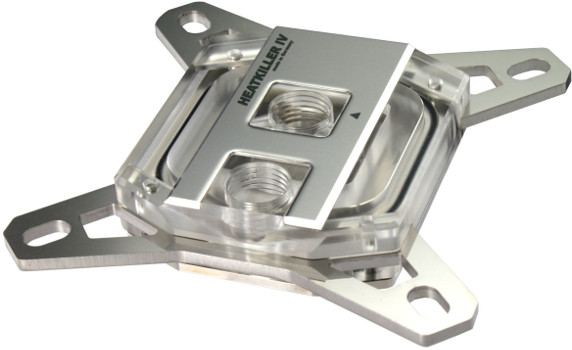
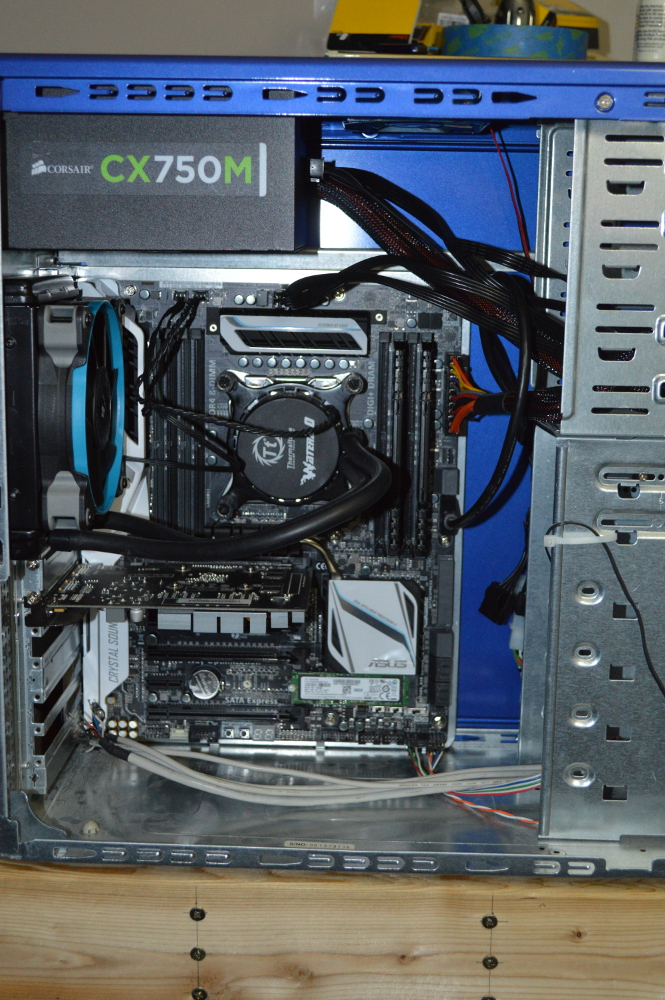
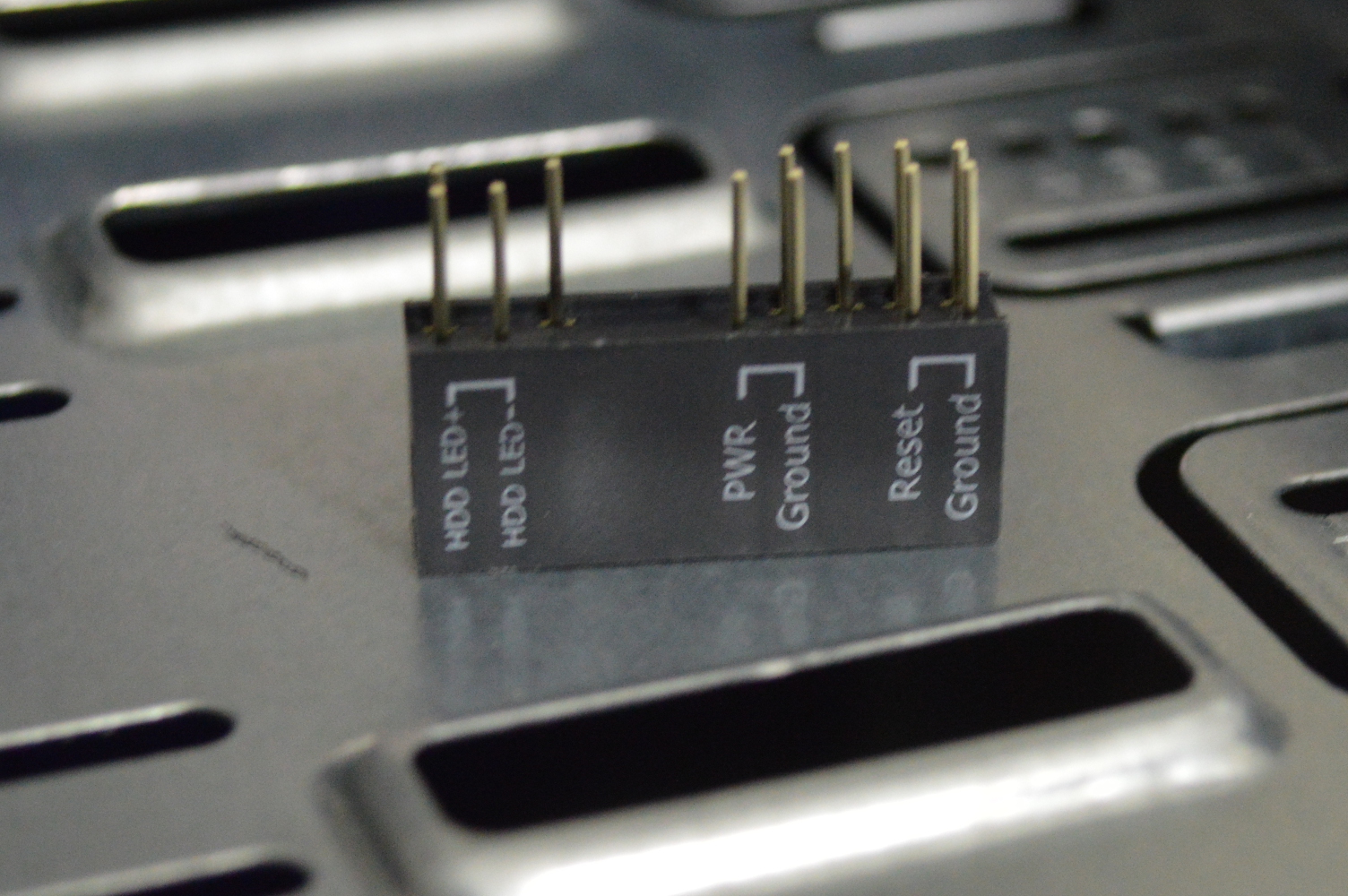
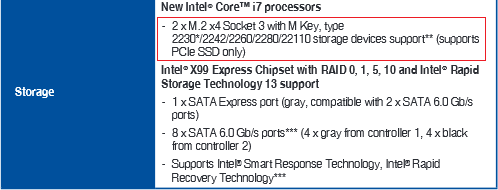



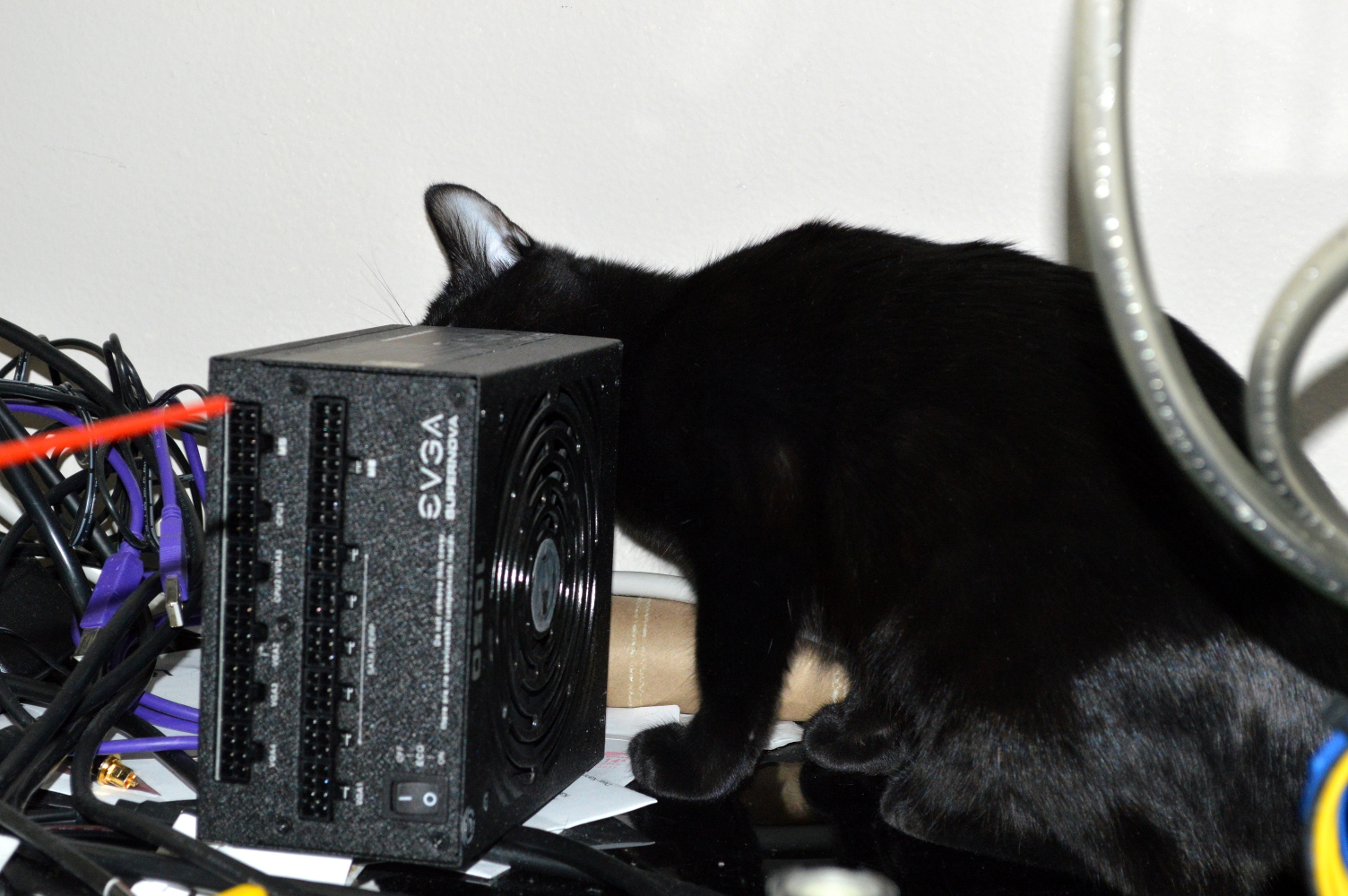
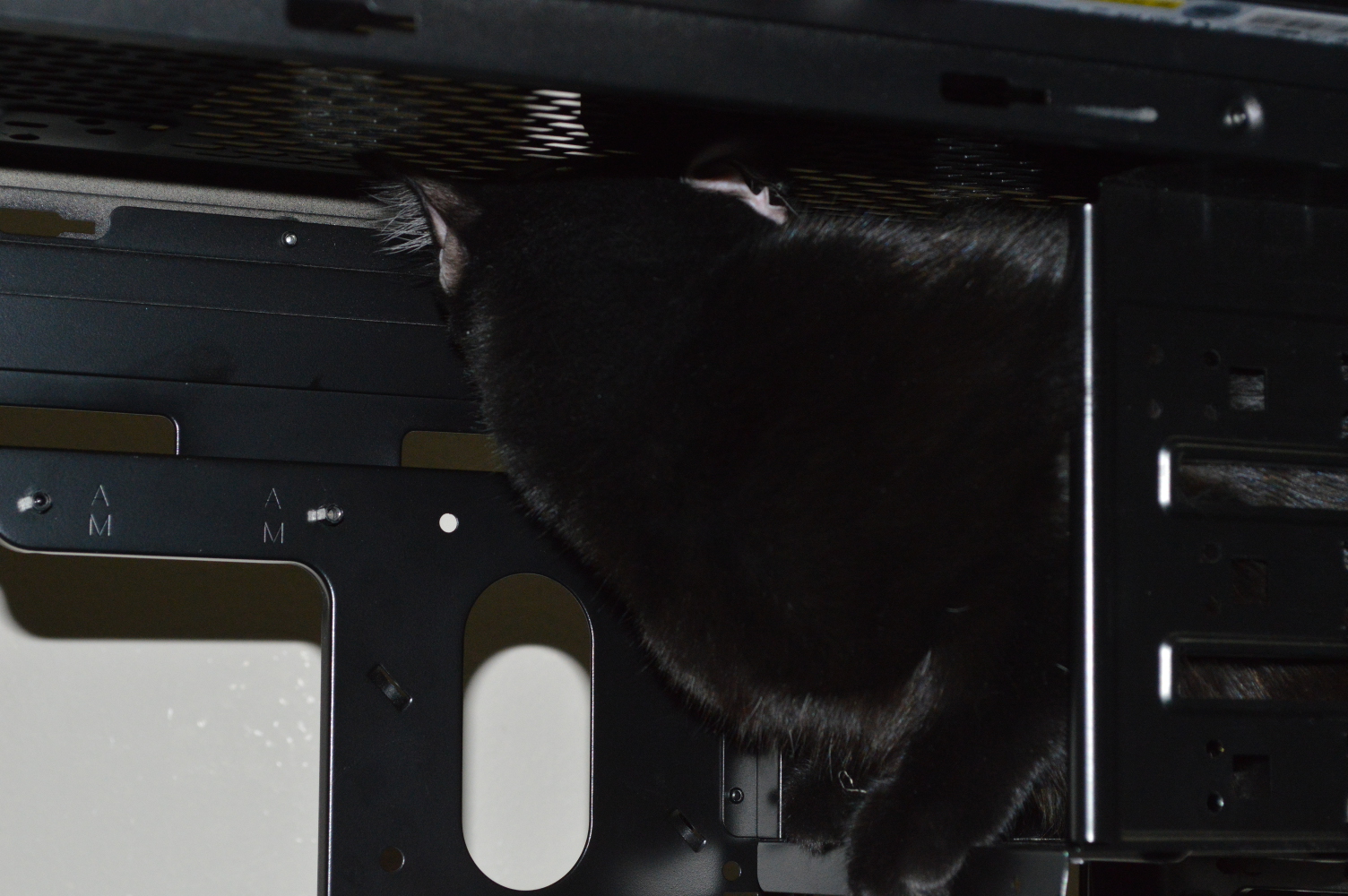
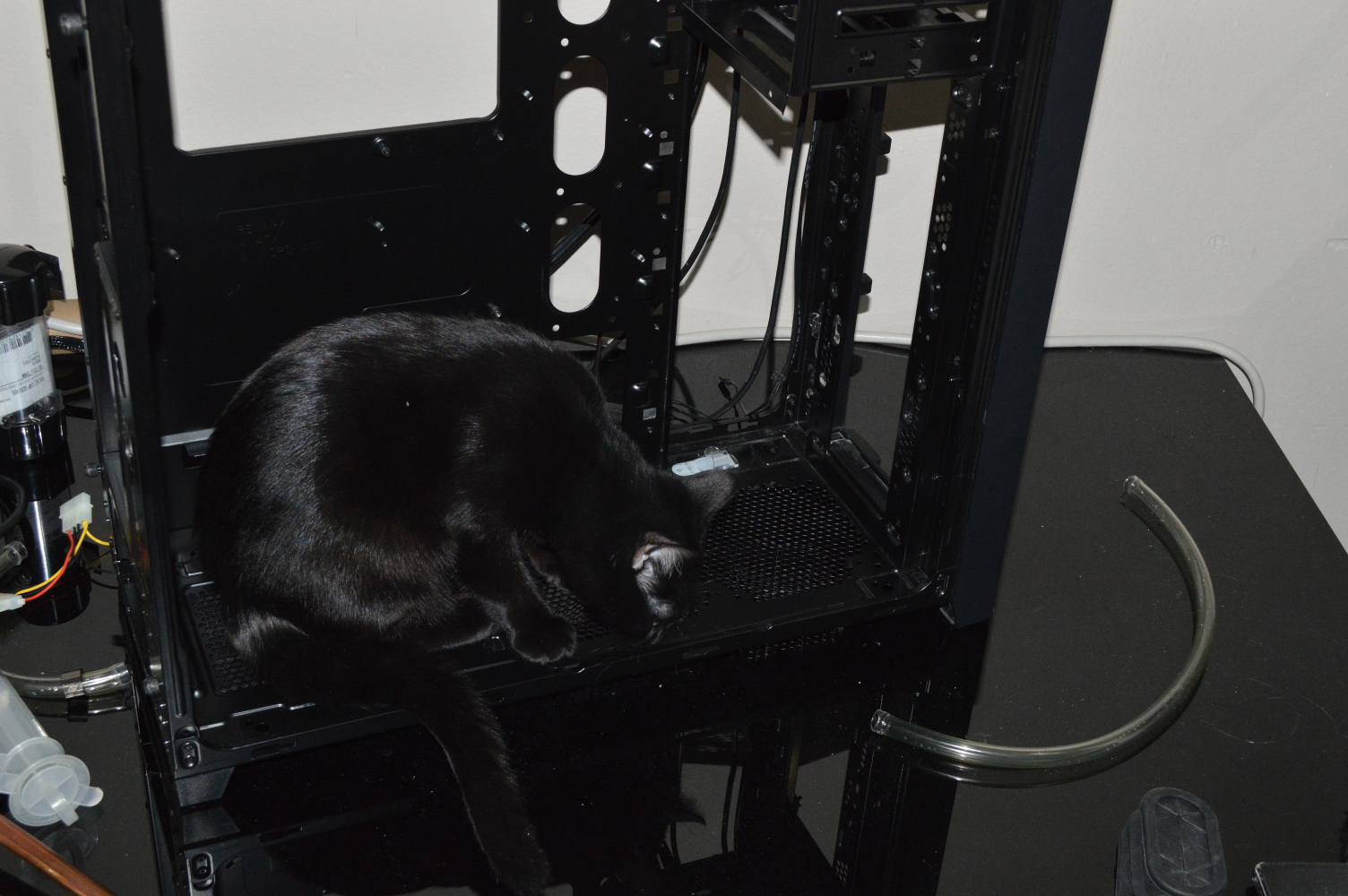
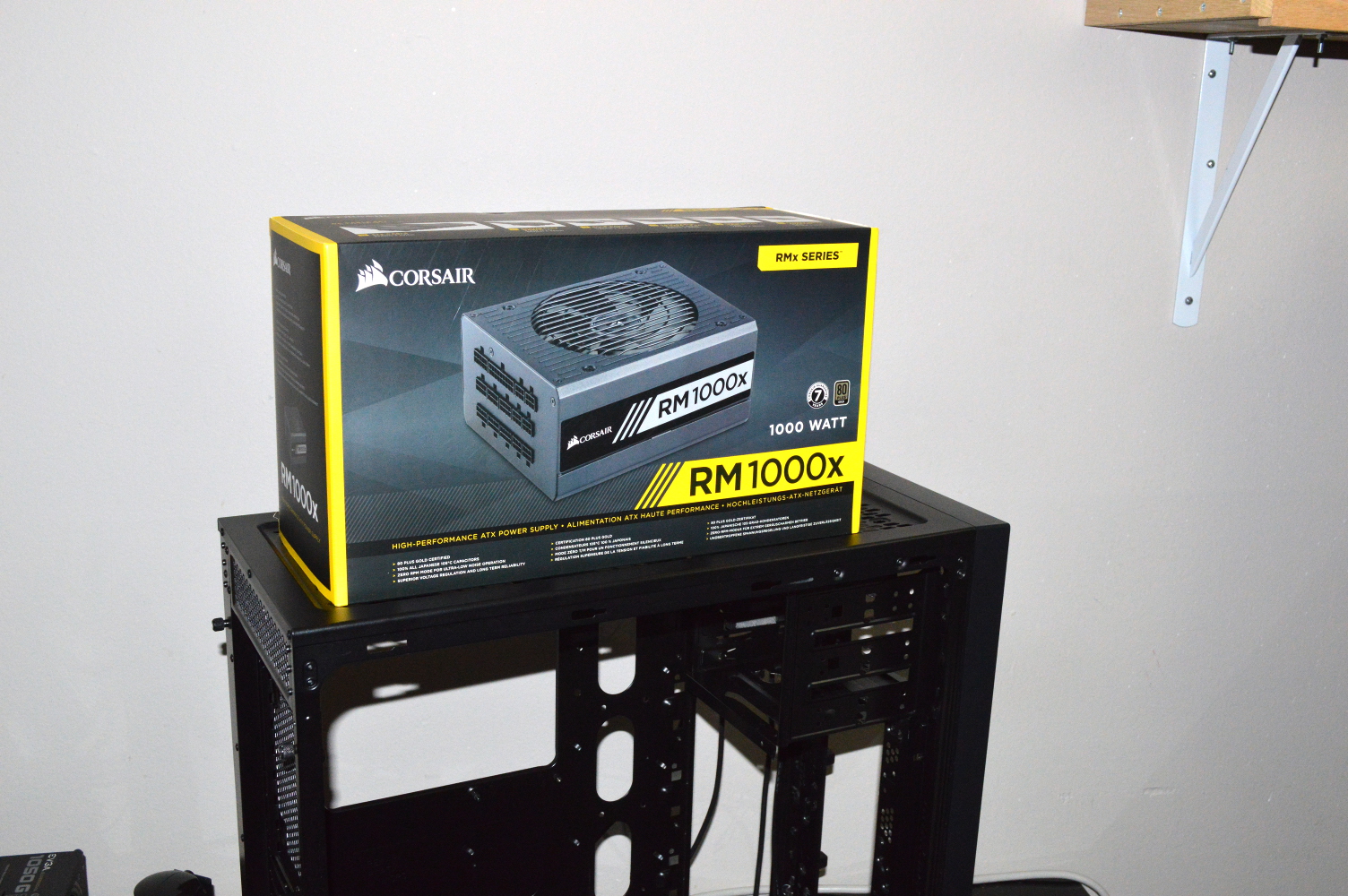
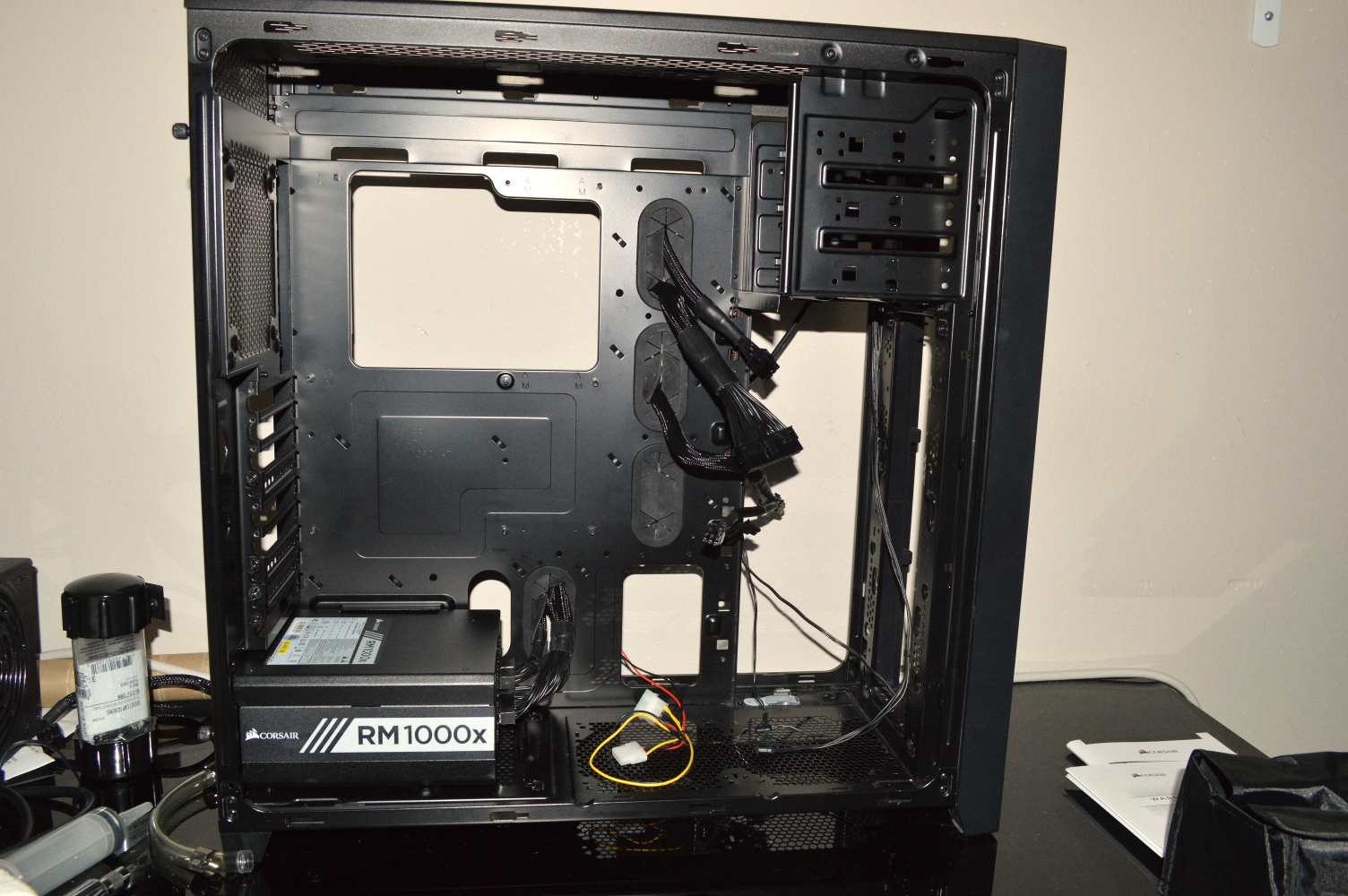
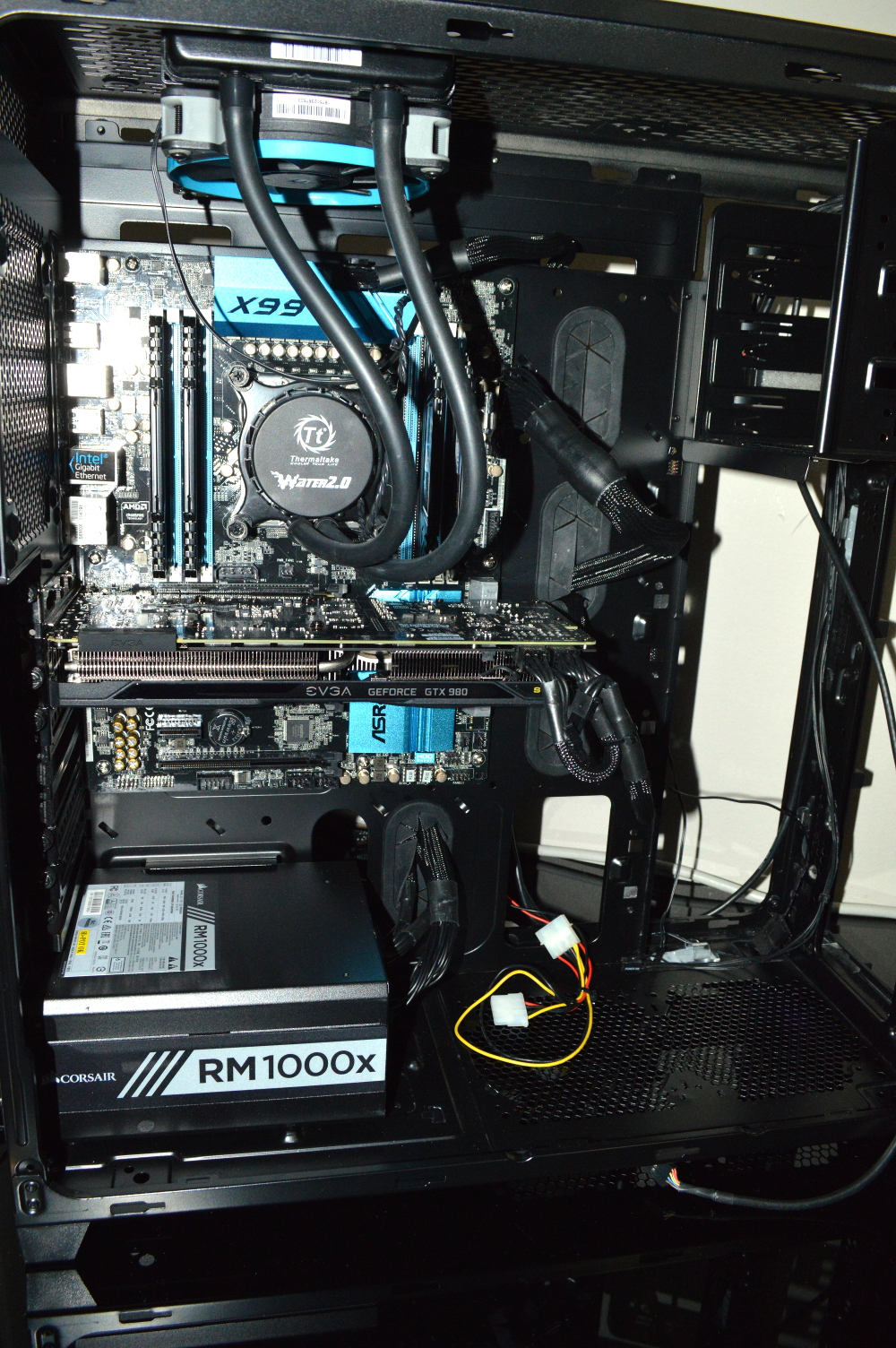

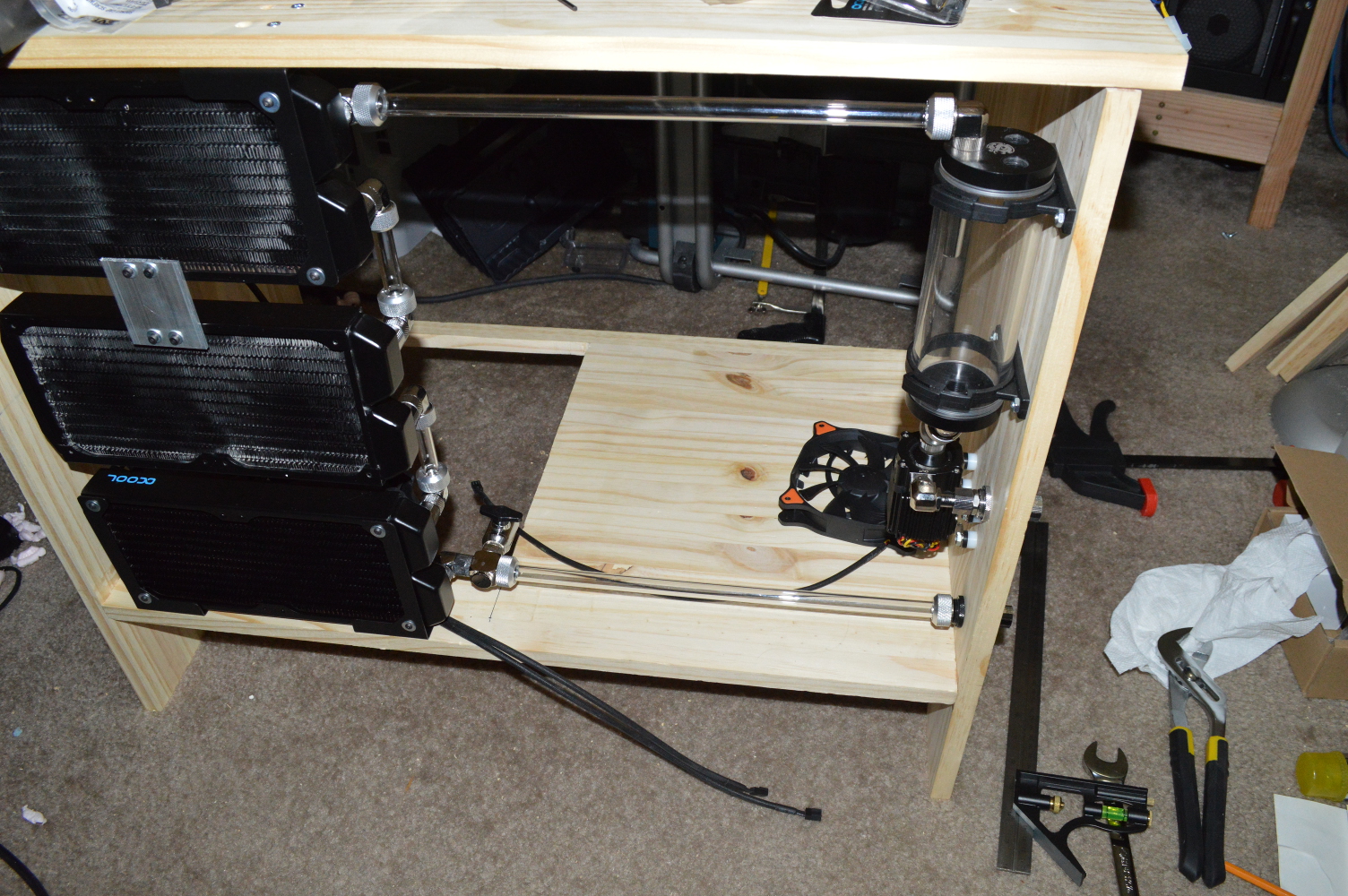
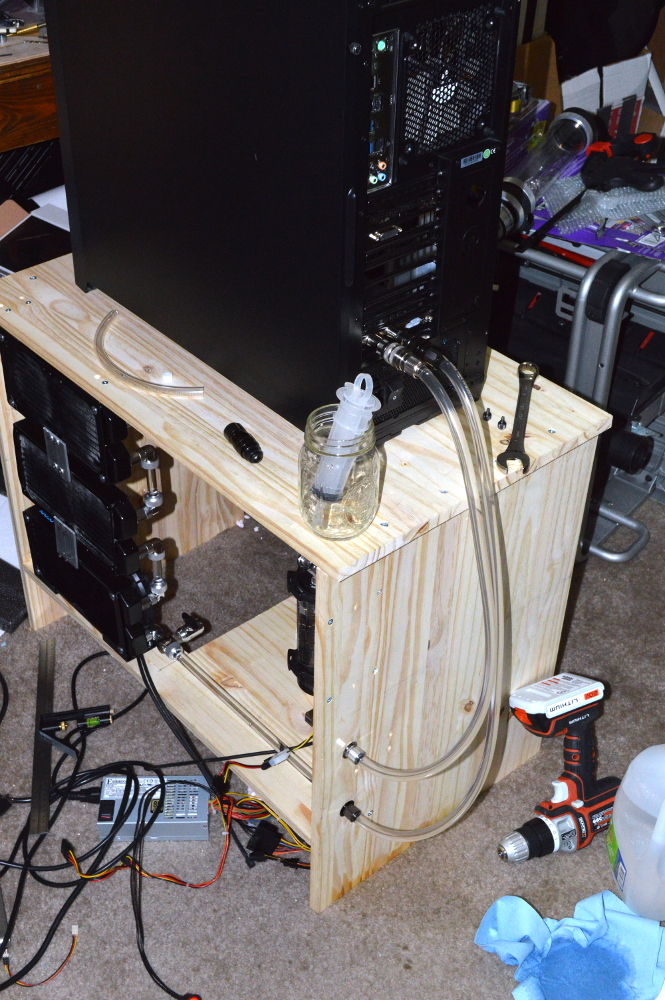

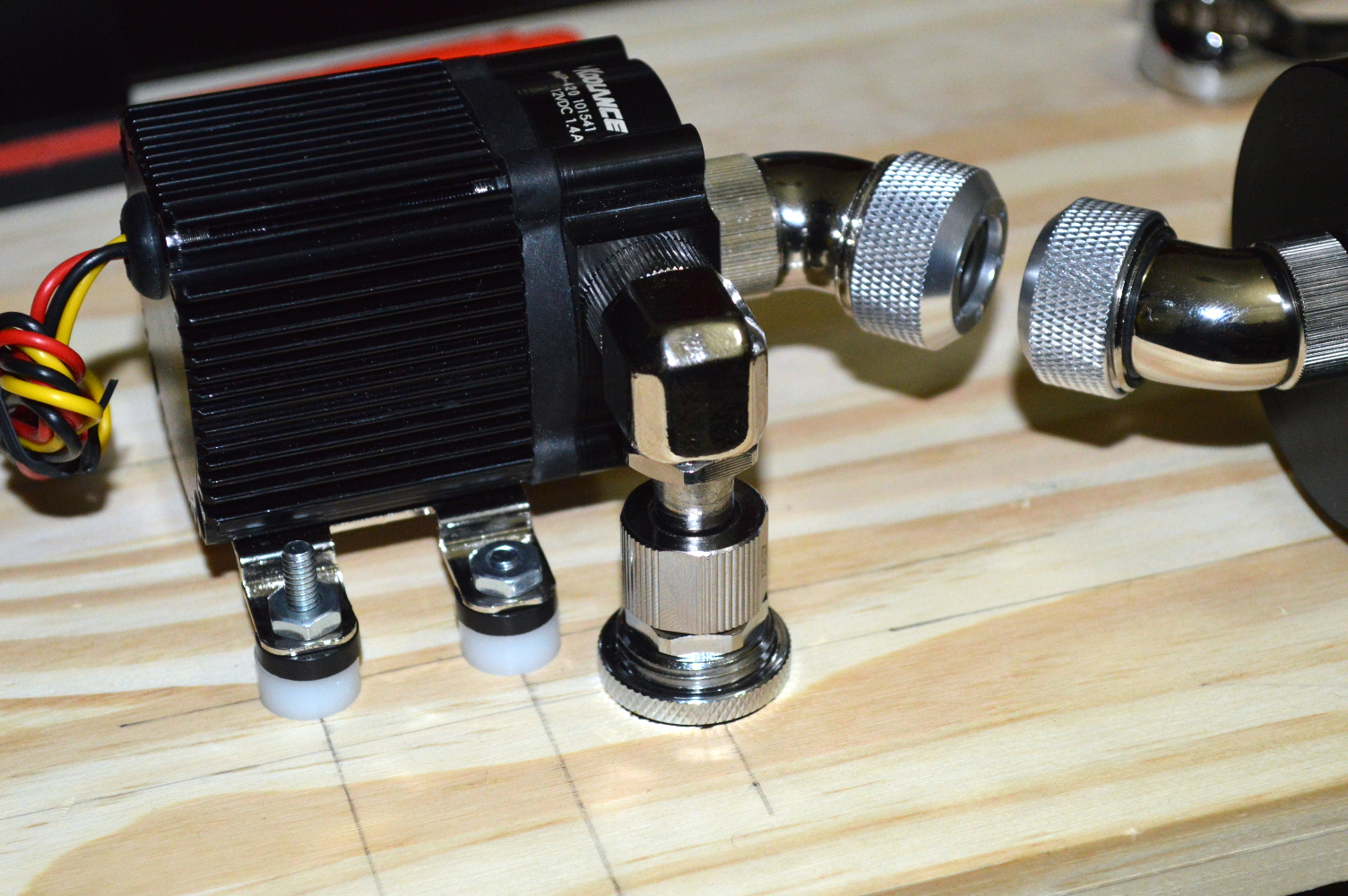

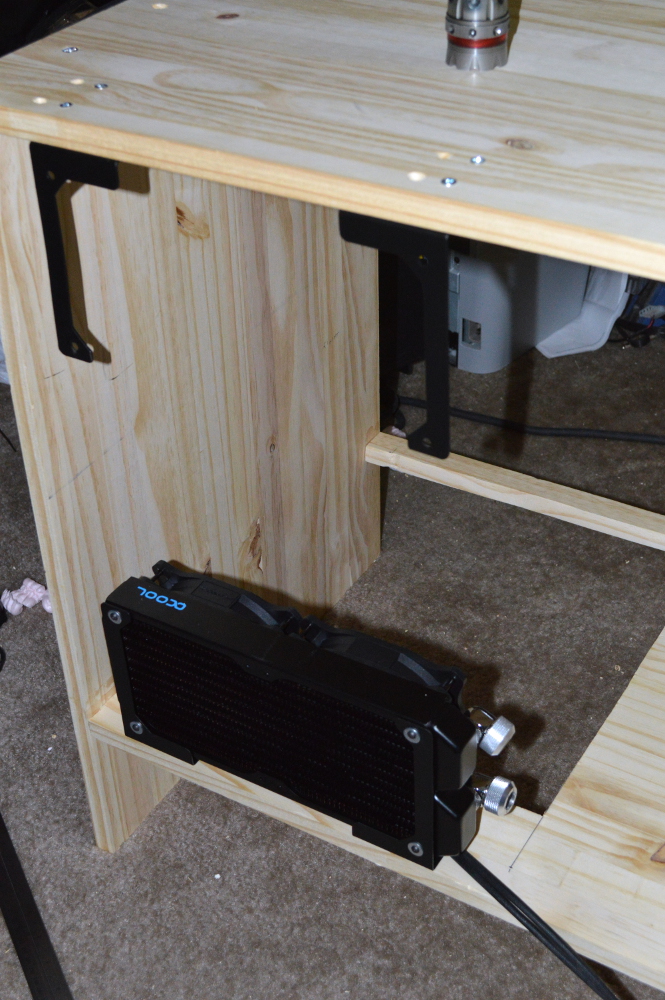

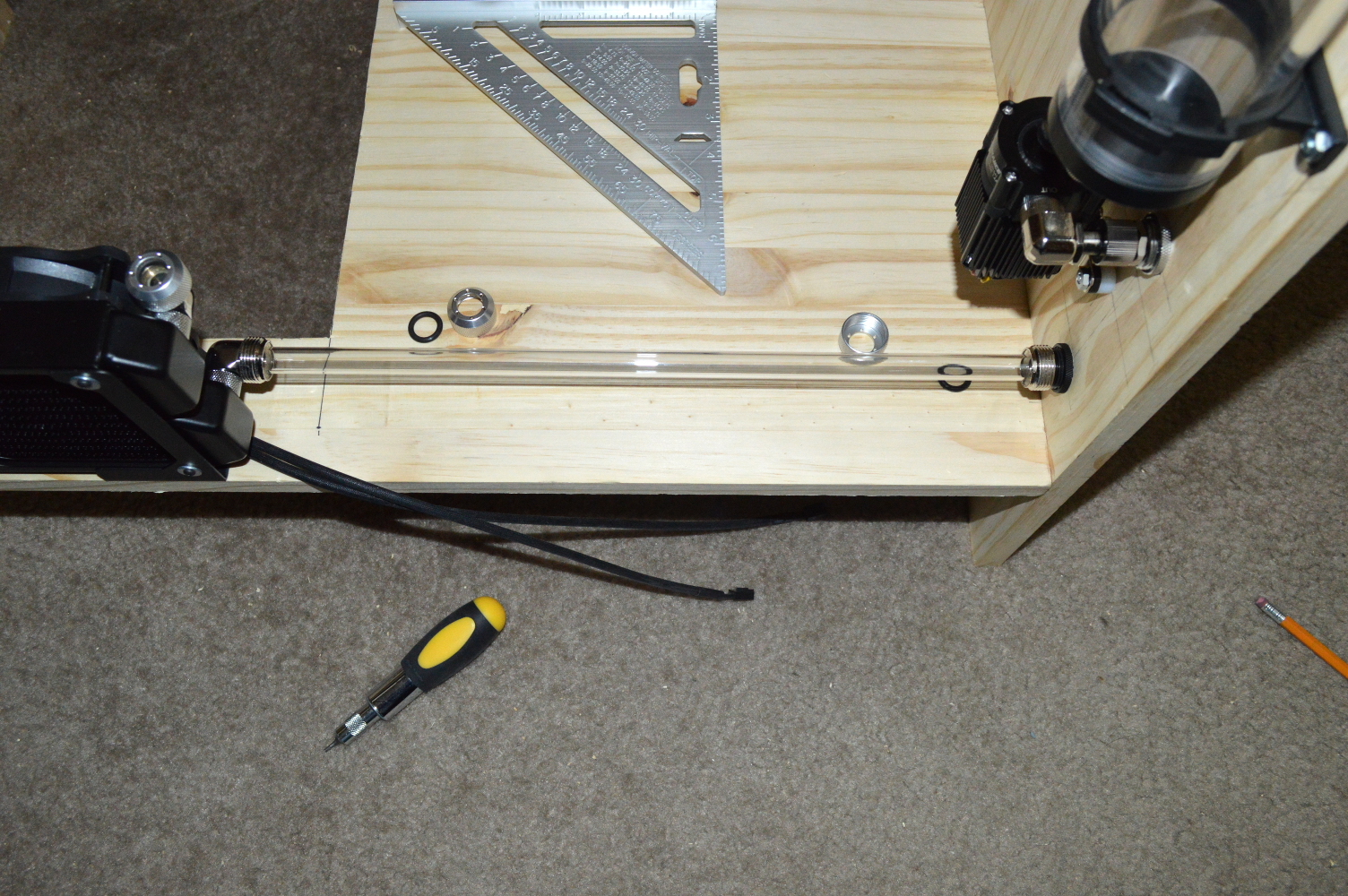
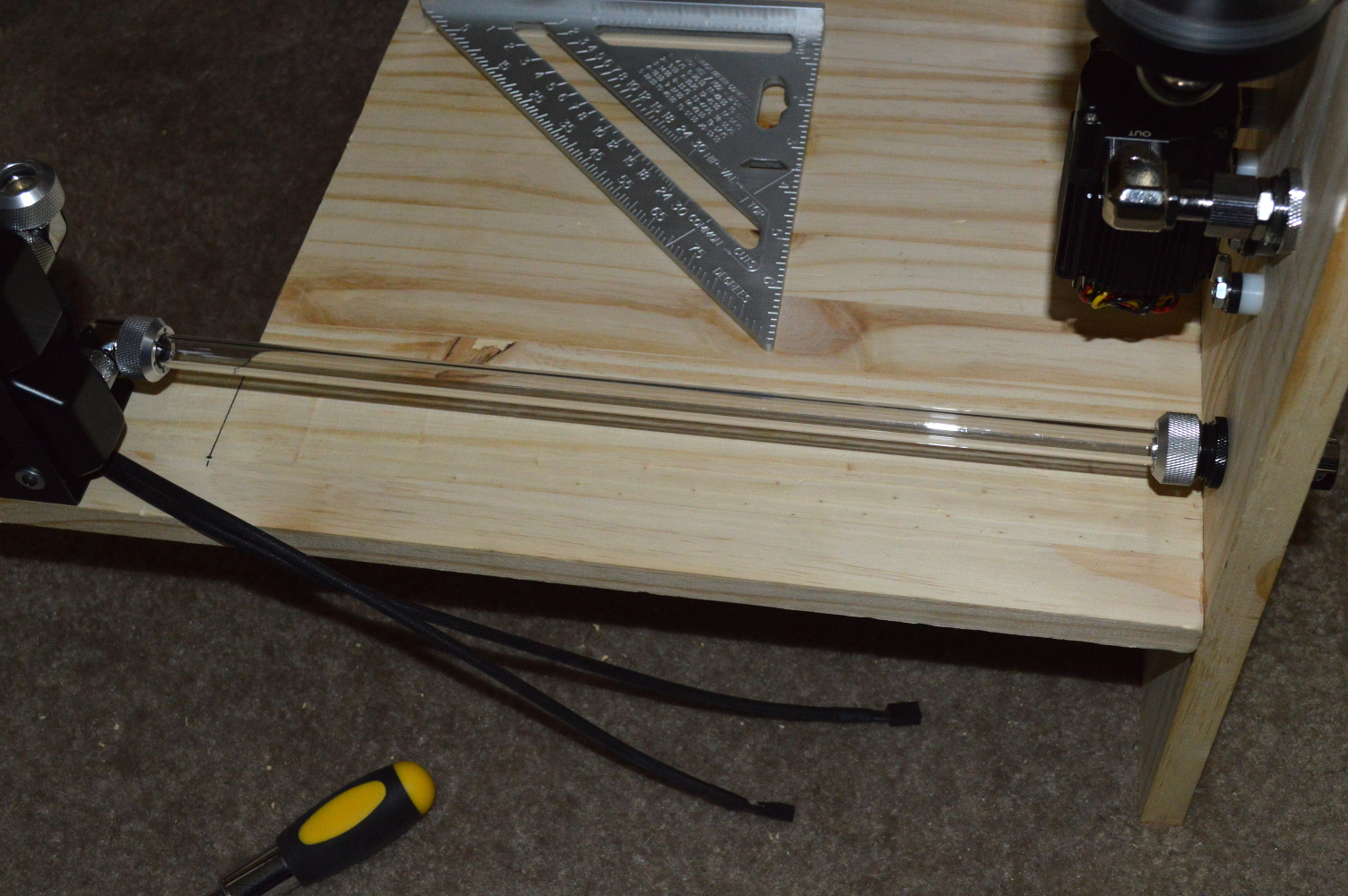
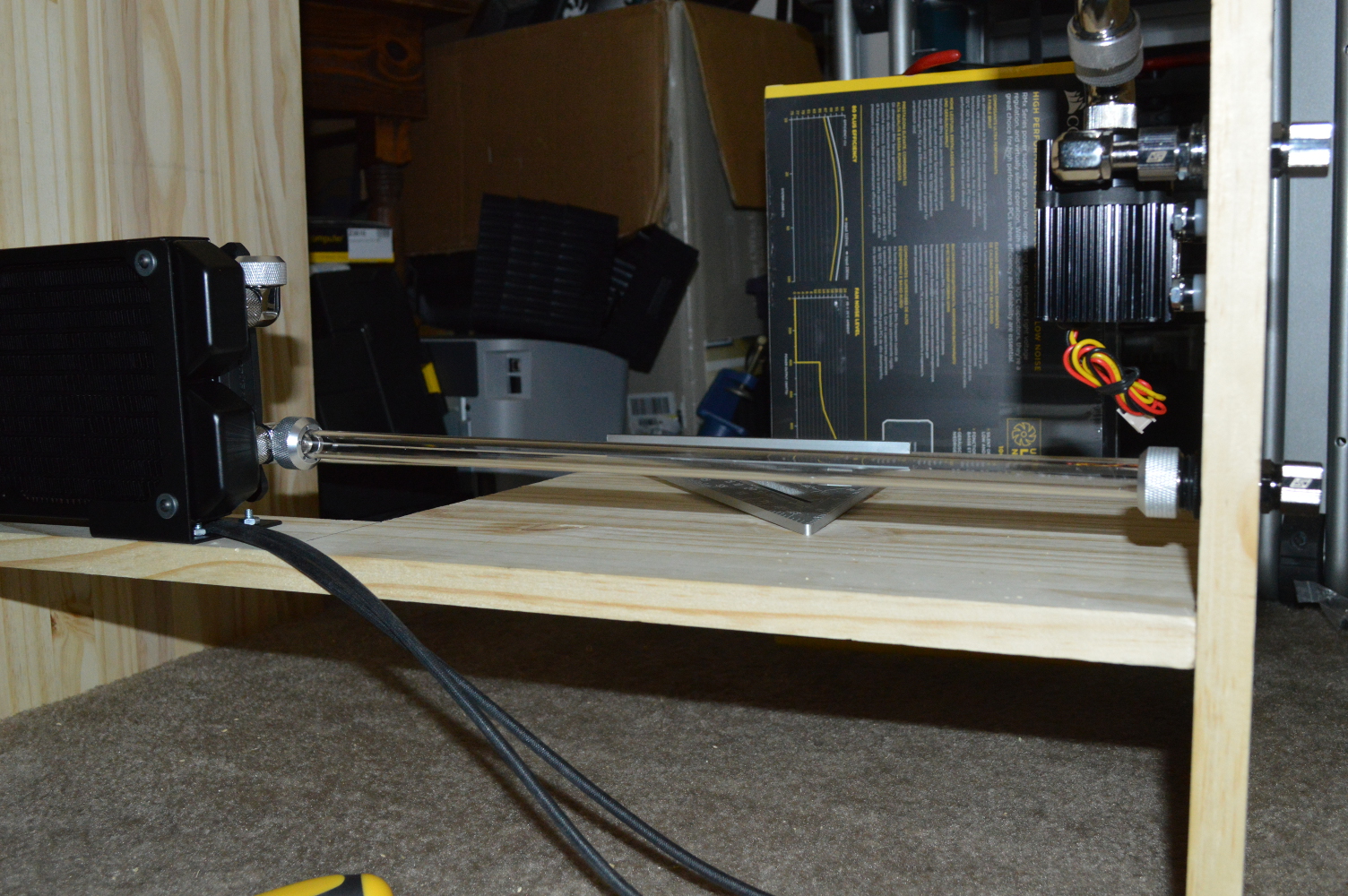
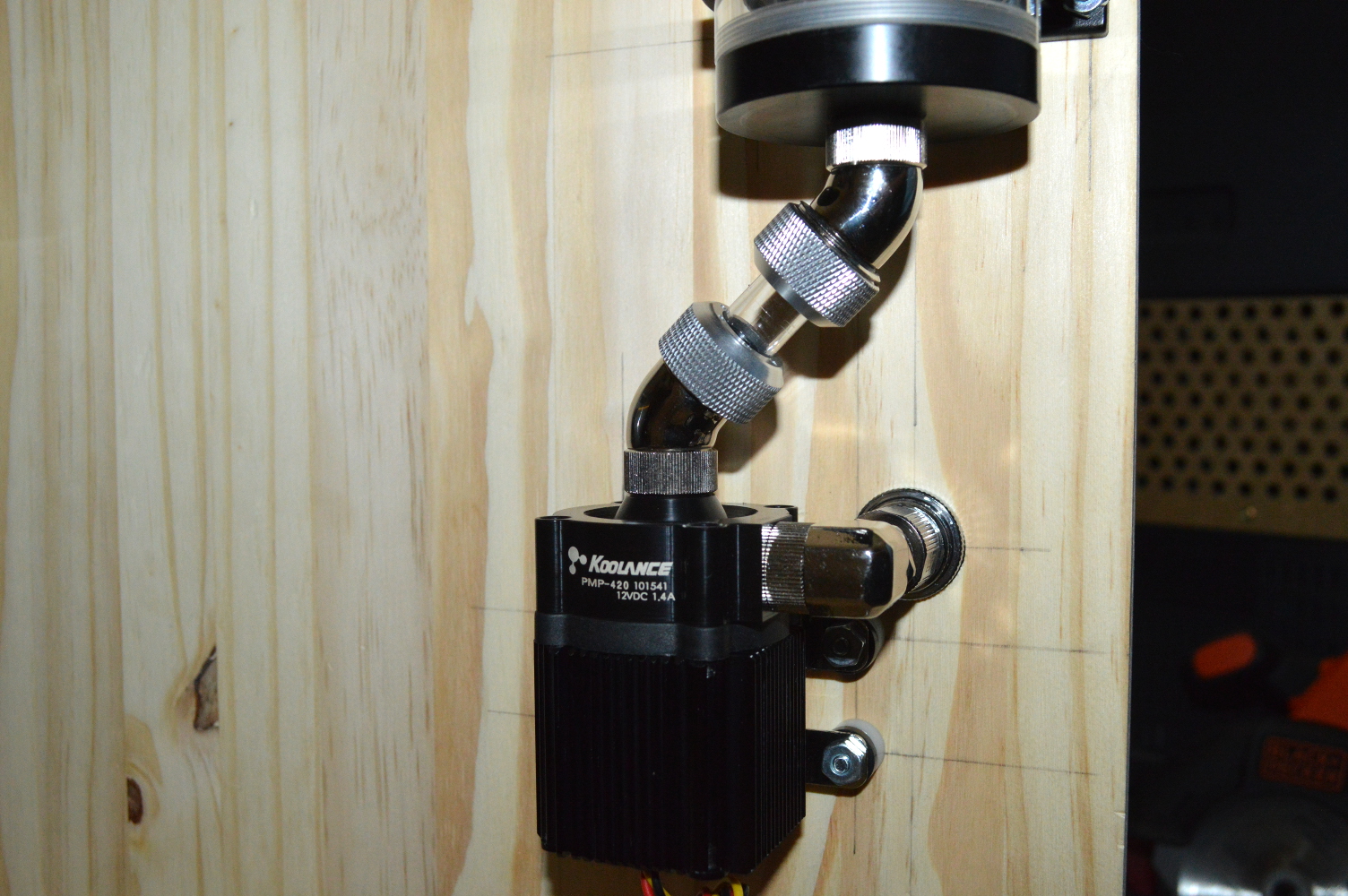

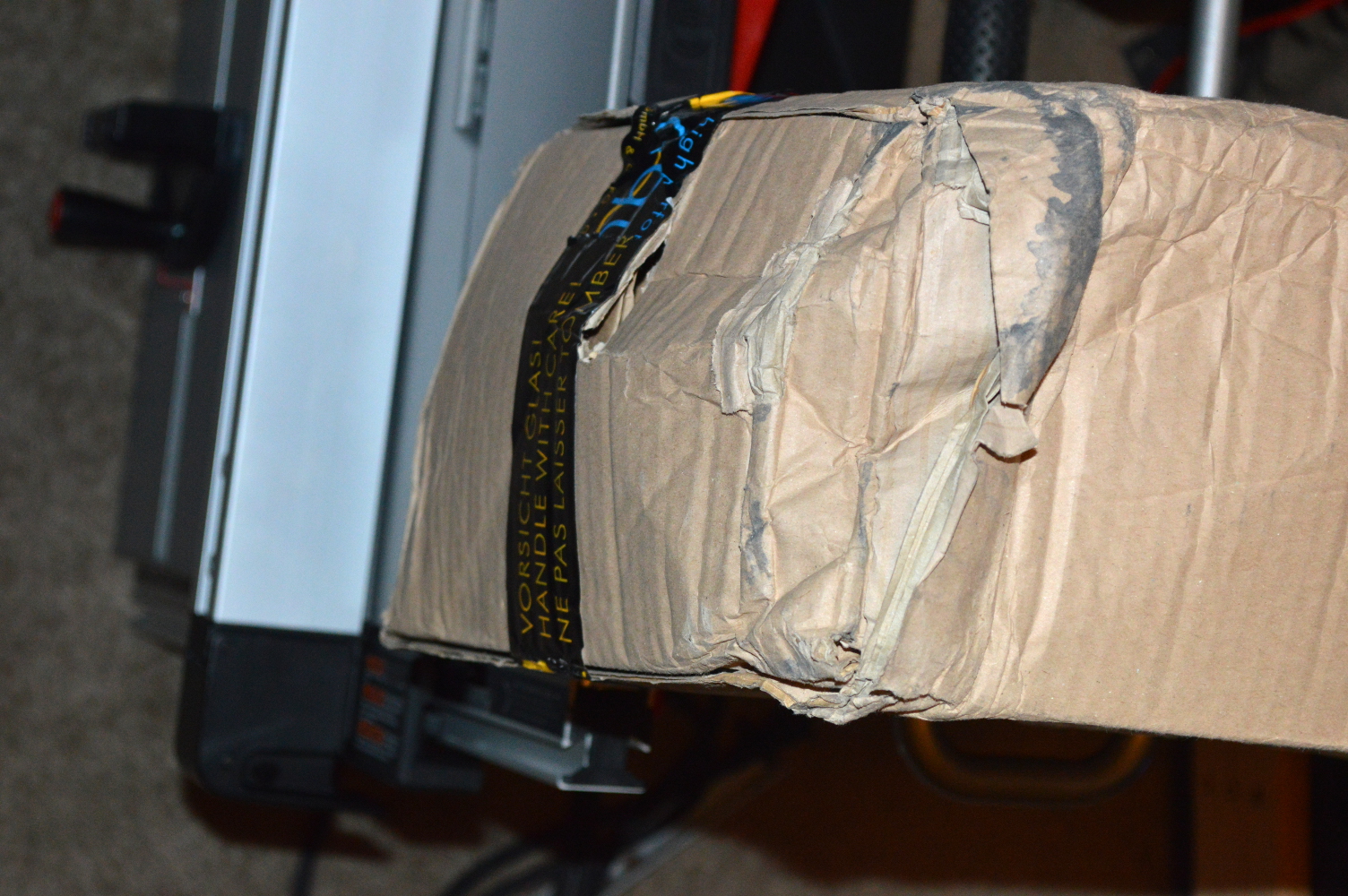
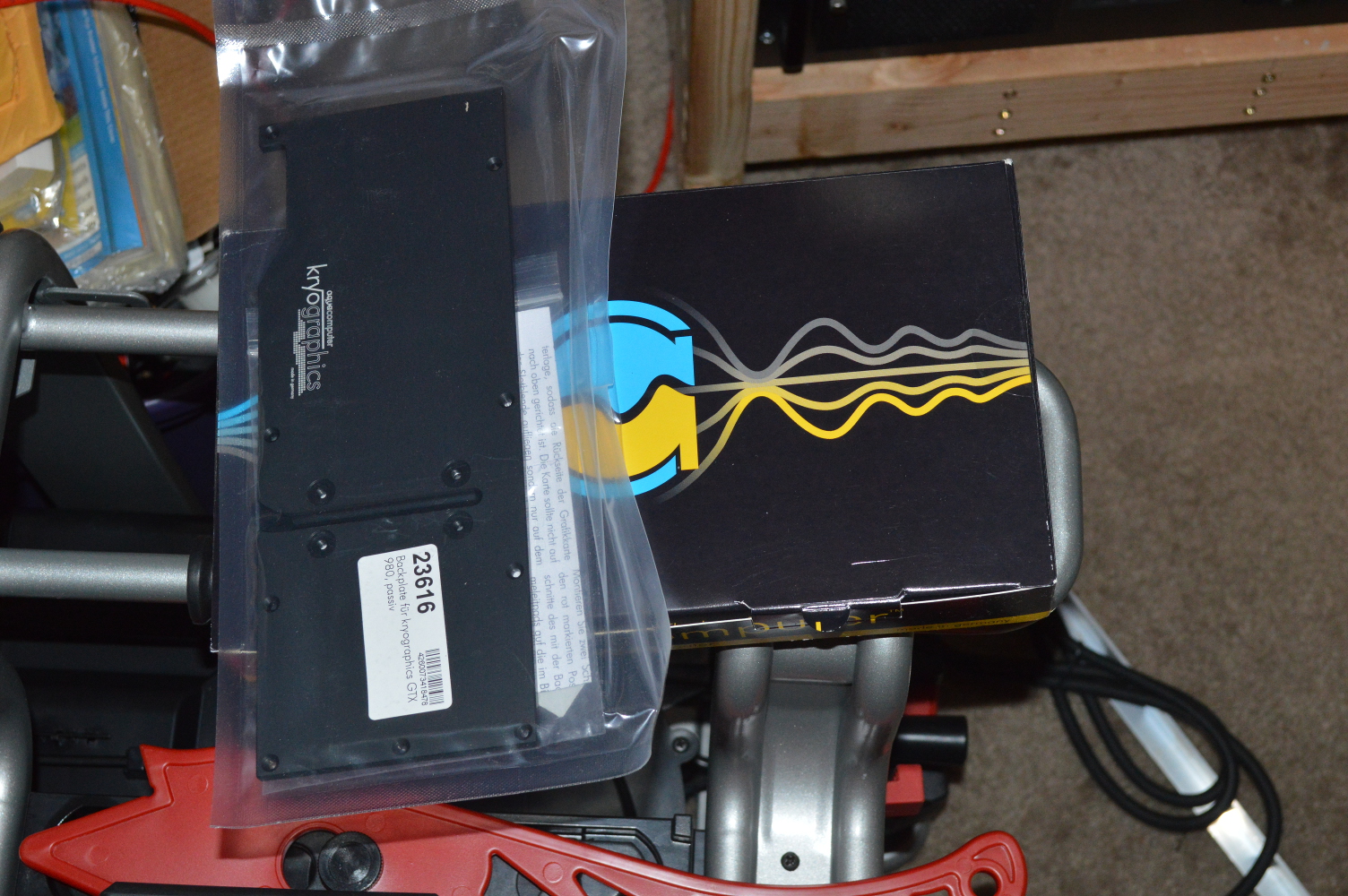

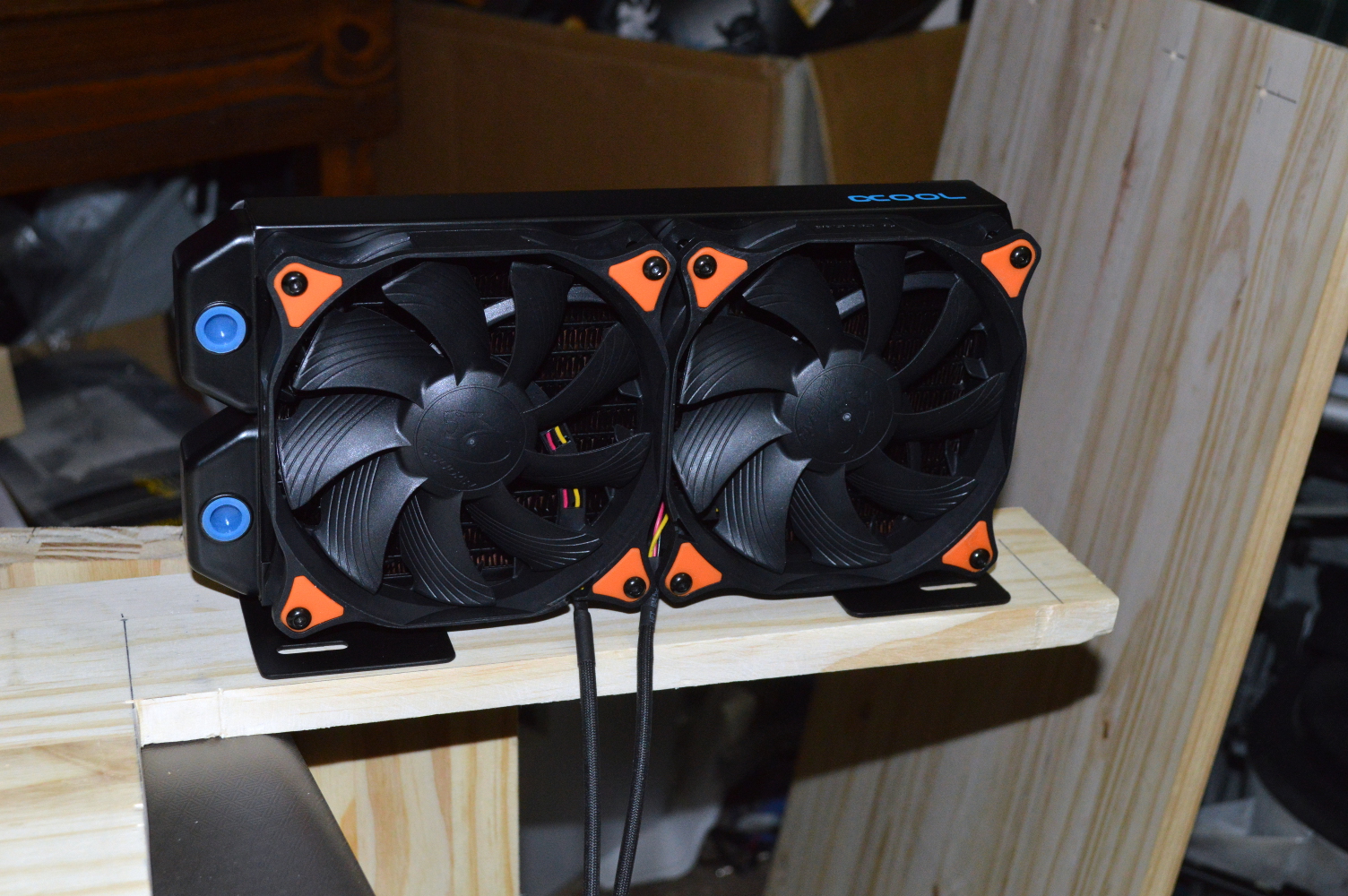
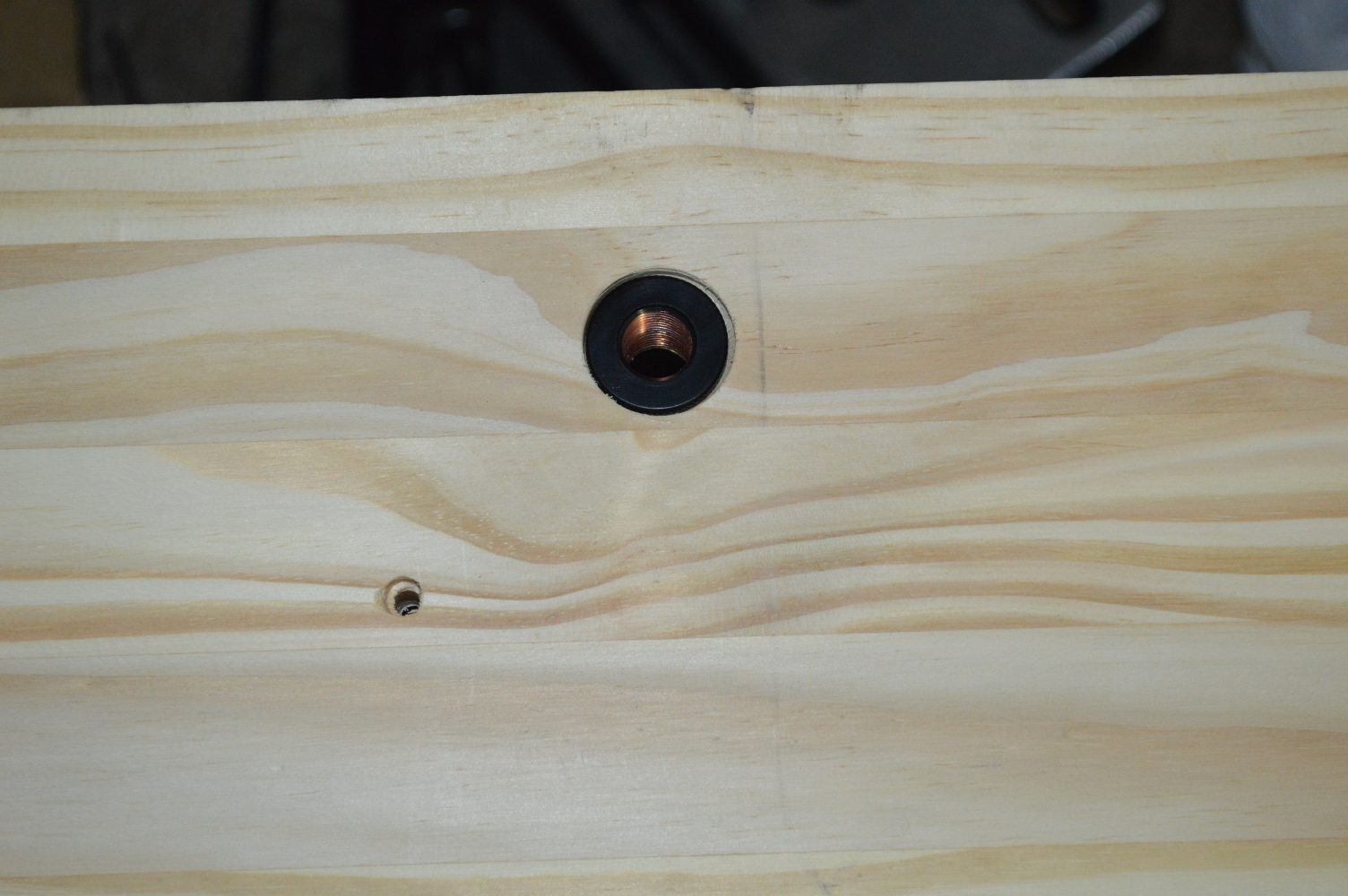
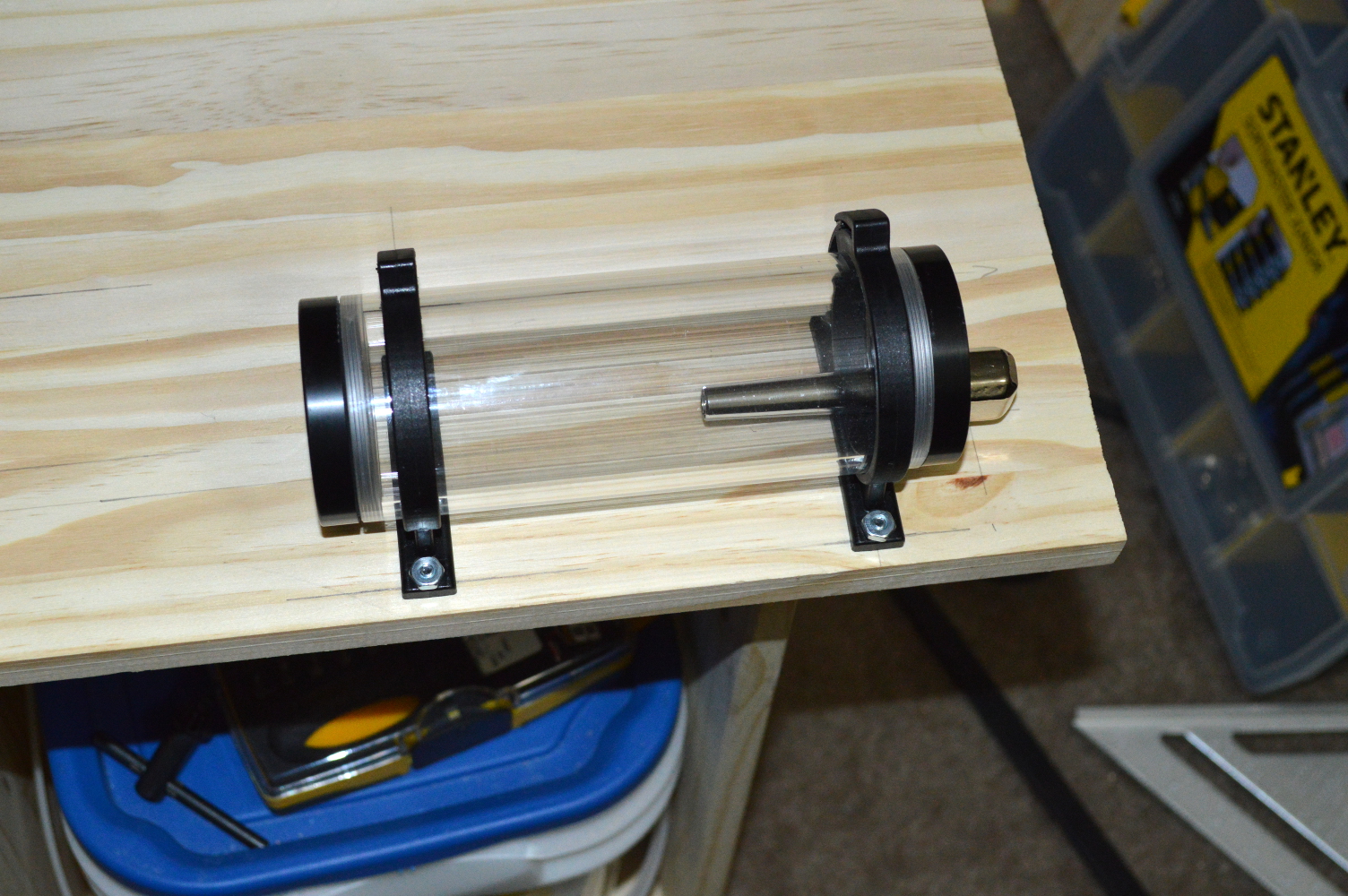
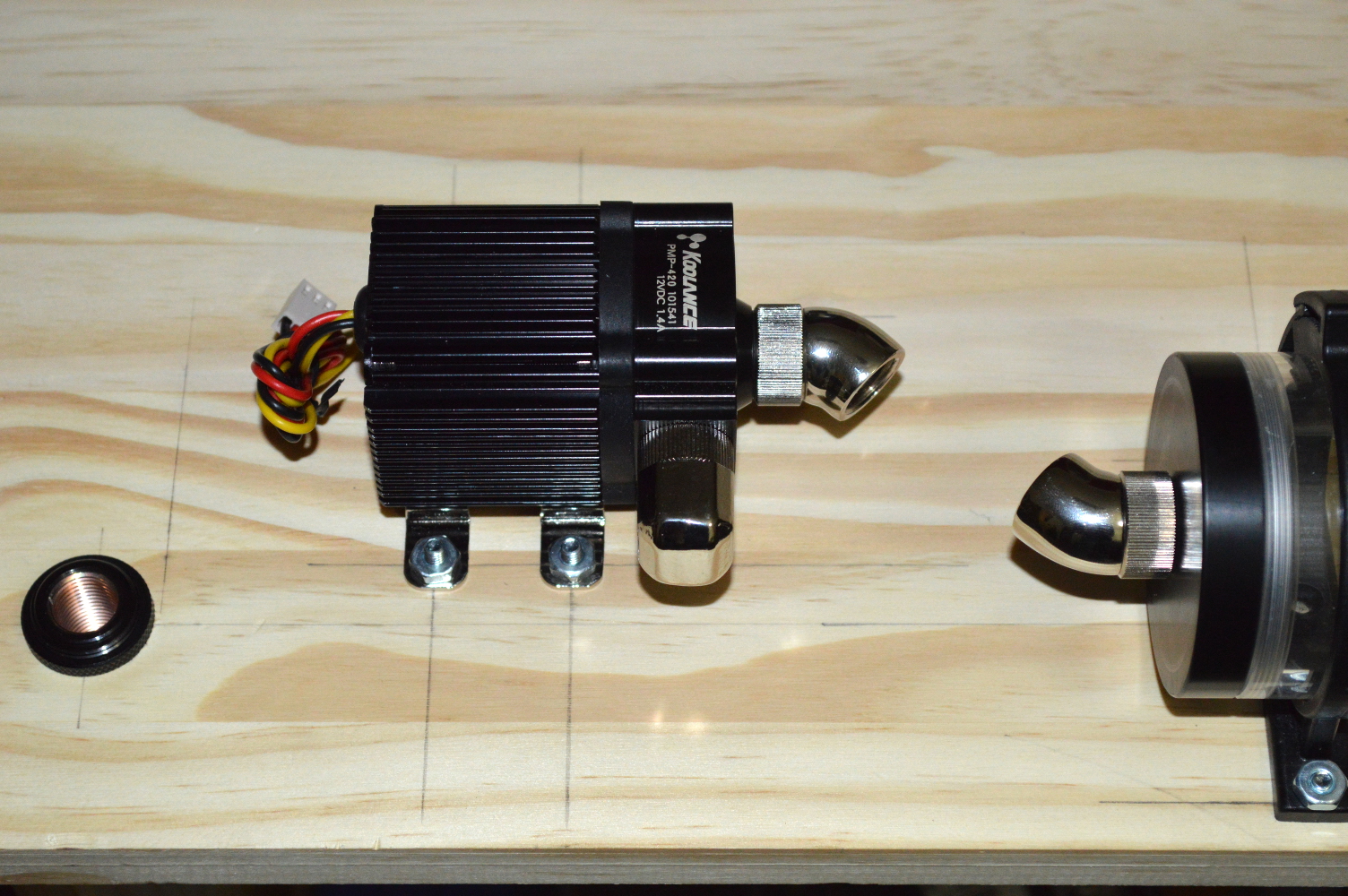
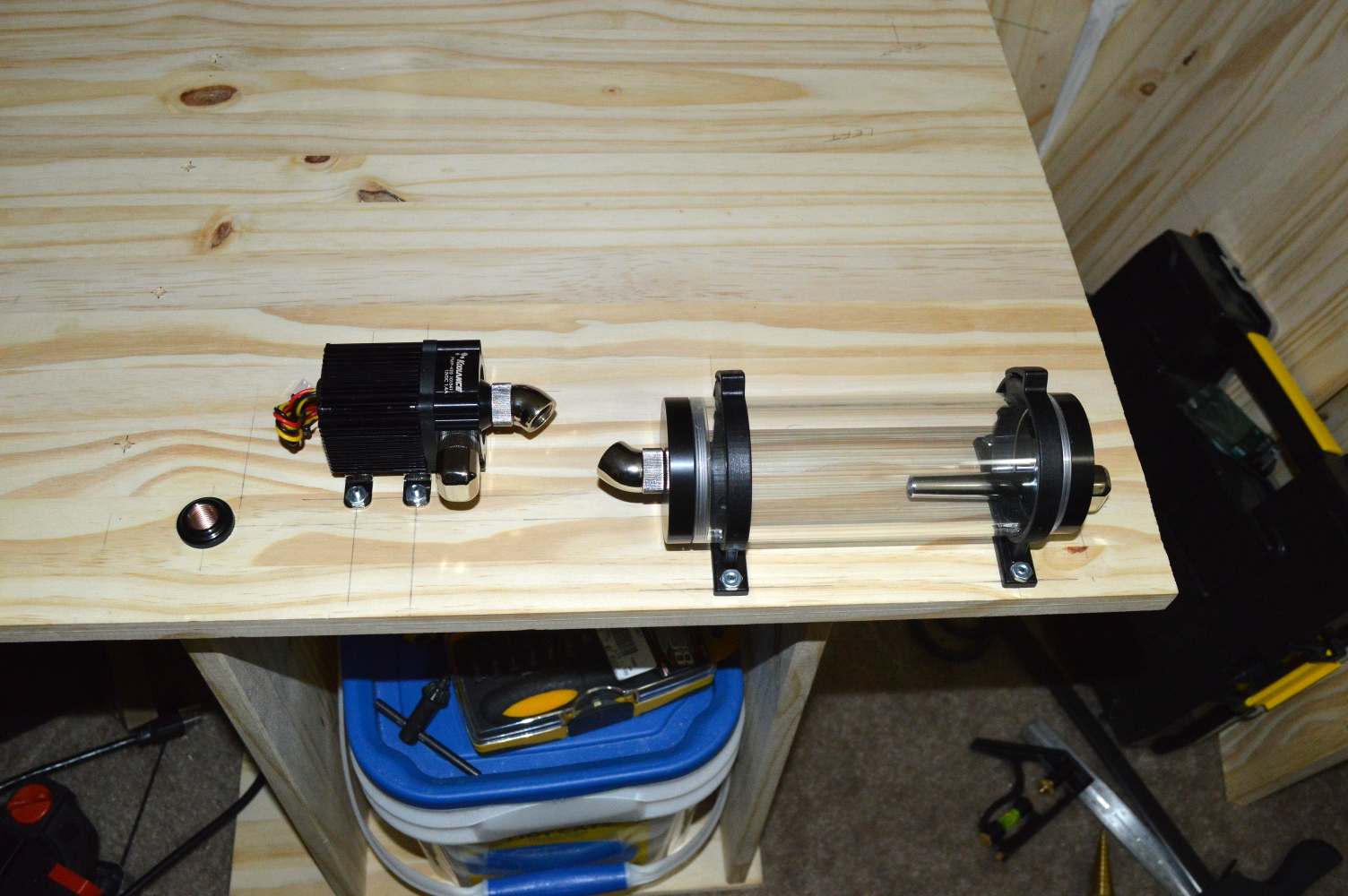
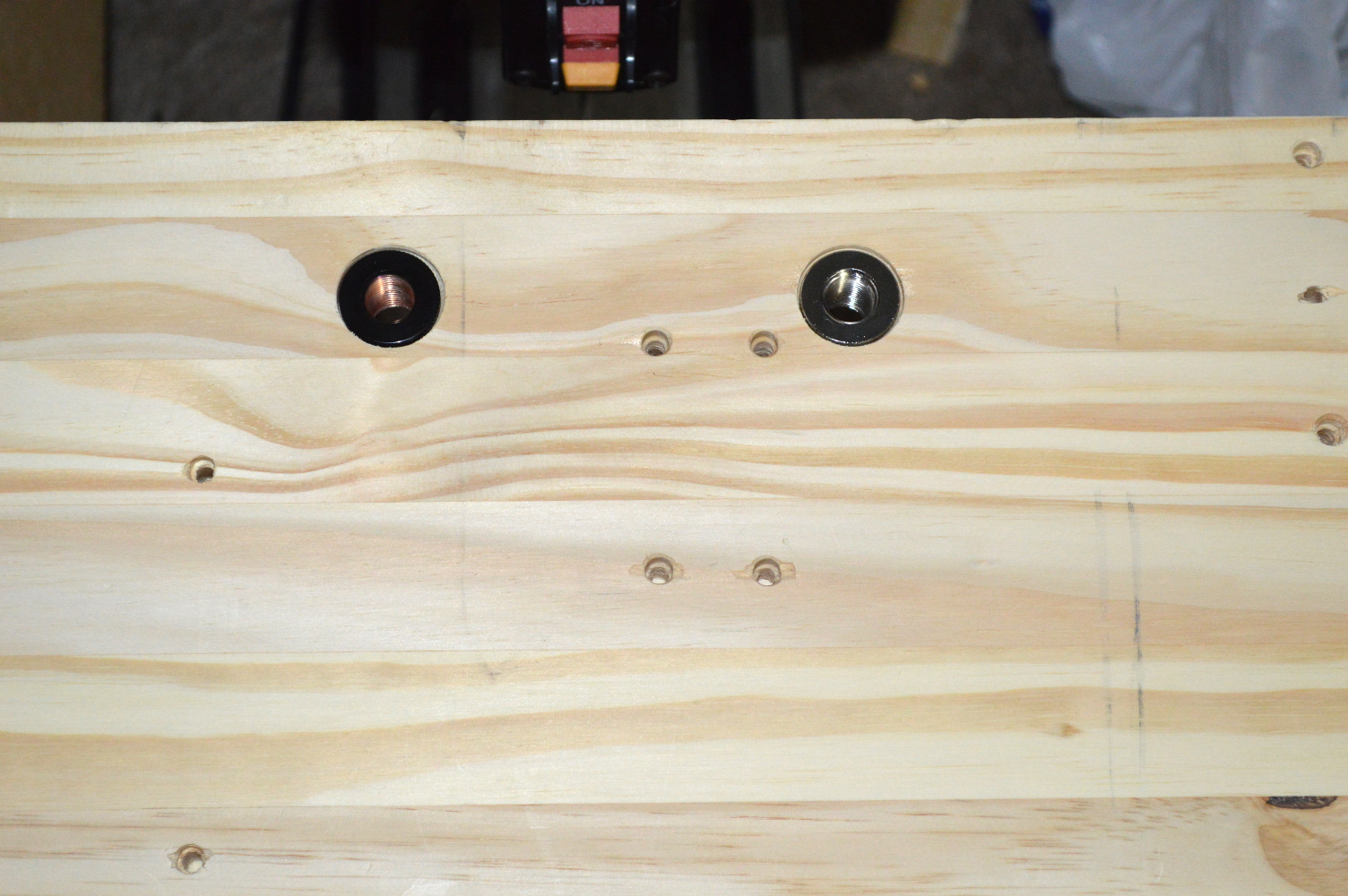
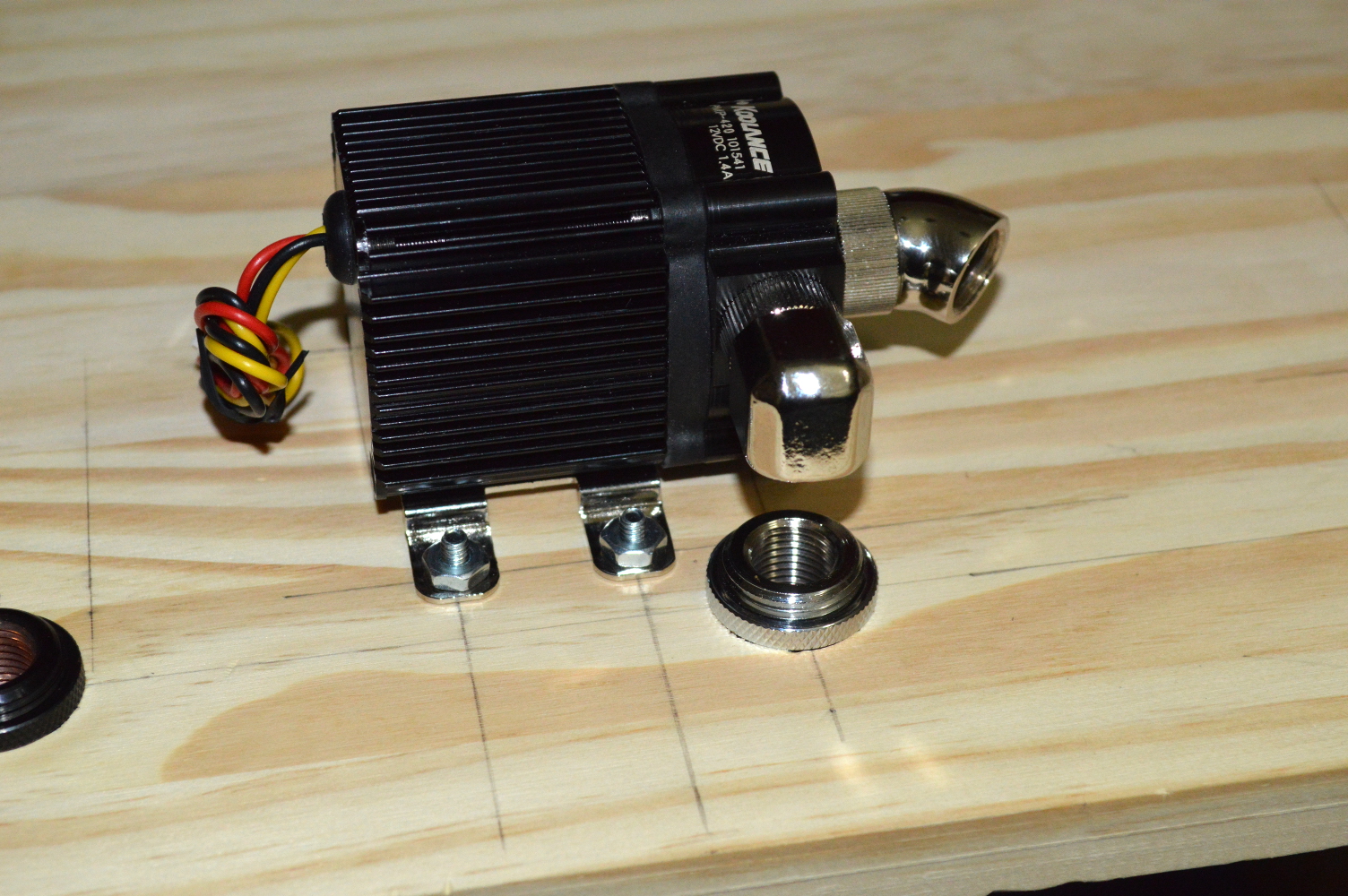
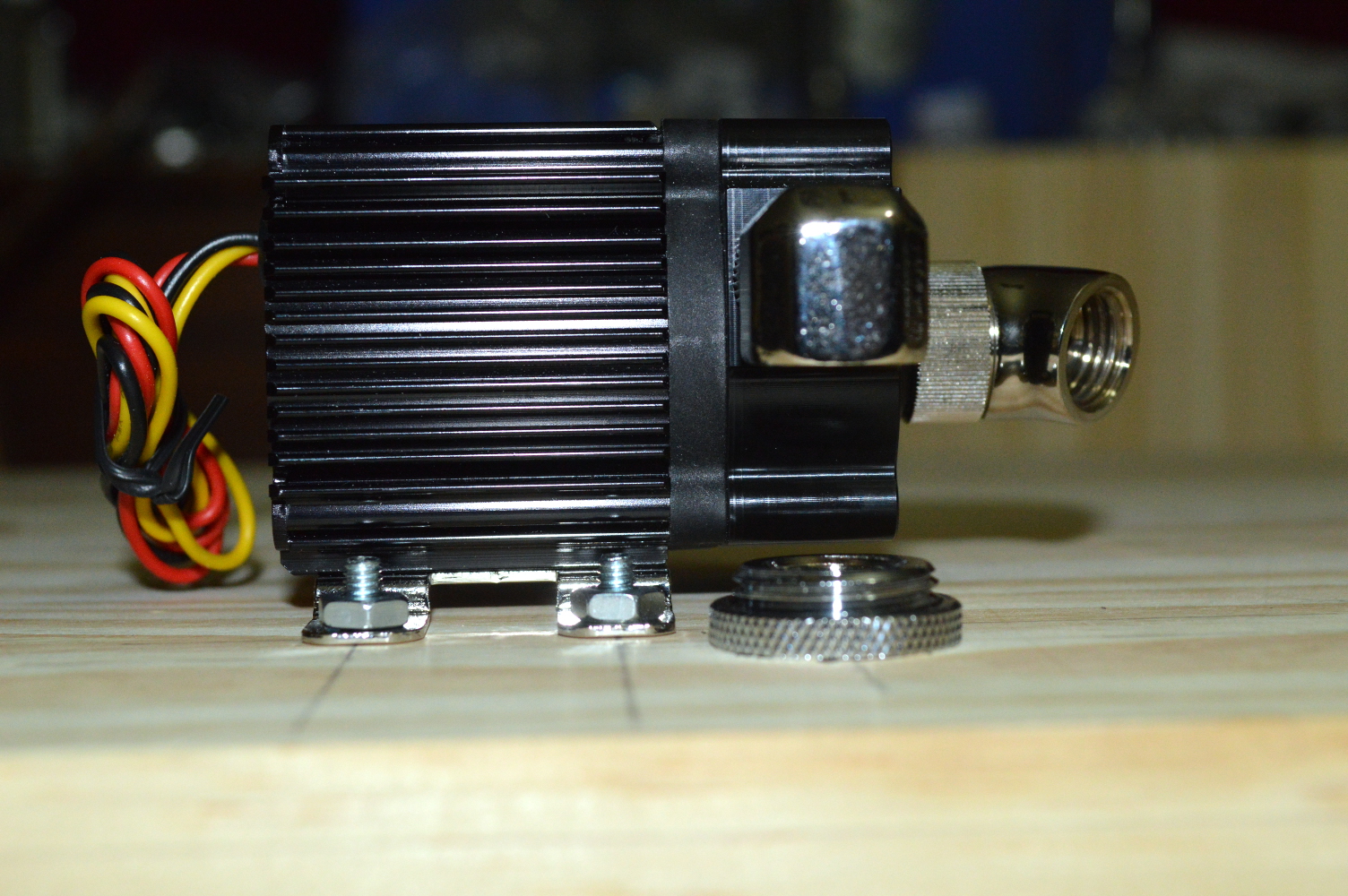

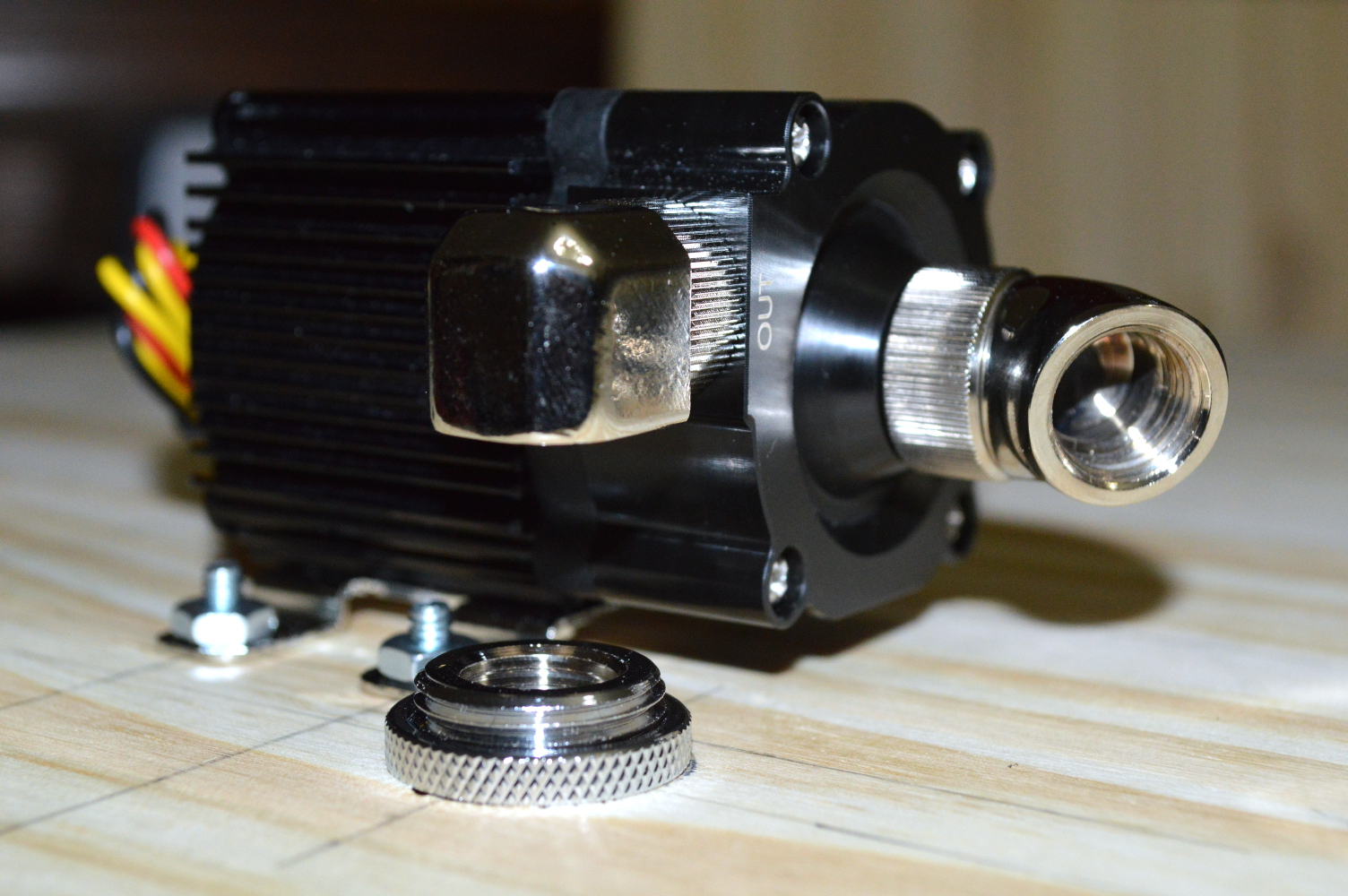
You must be logged in to post a comment.